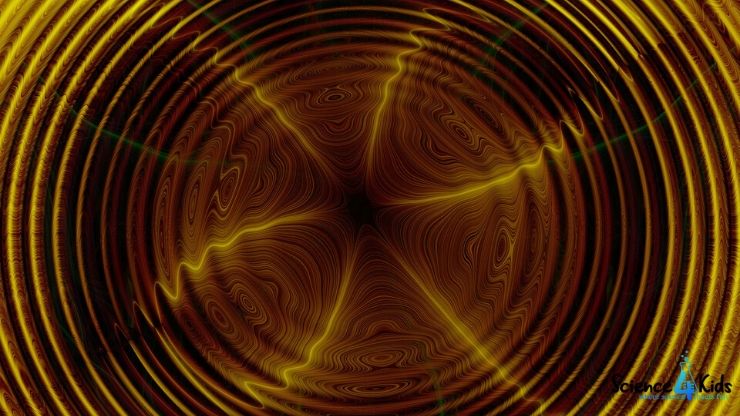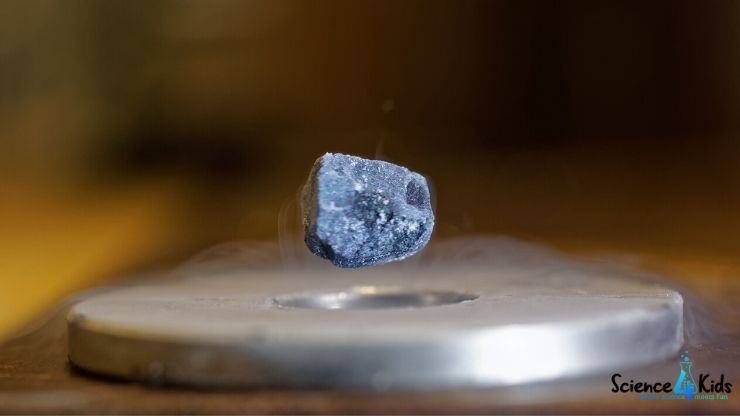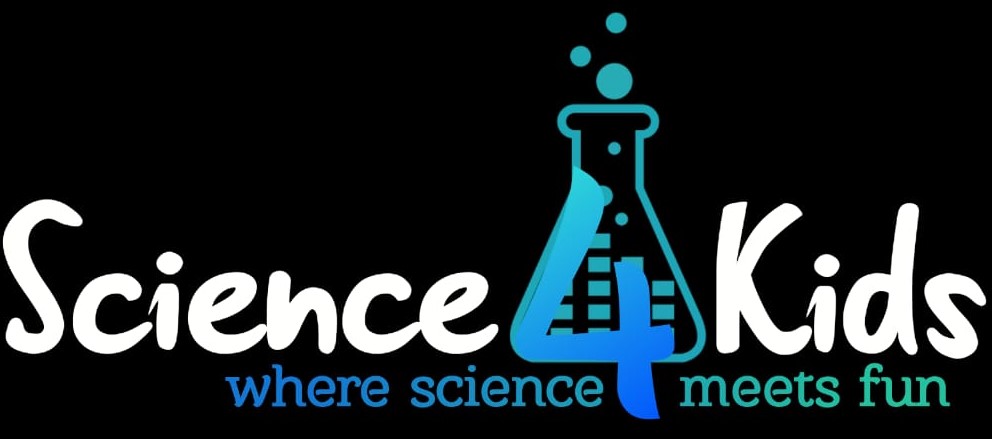Physics is the science that studies matter, its motion and behavior through space and time, and the related entities of energy and force. Using scientific methods Physics tries to uncover the basic principles that govern the things around us. This includes a lot of natural phenomenon and also most of the man-made things such as refrigerators, microwave and automobiles, to name a few. Physics News for Students brings to you exciting news and interesting details about recent researches carried out in various areas of physics.
Computing with Spins of Light
Light with computational power! Hard to believe, right? Scientists at the Tokyo University of Science have developed a laser system that generates spinning light particles that could lead to the generation of computational power needed to solve complex biological problems.
This system improves on a previous method that uses spin systems to describe the interactions between particles in a material. In the ‘XY model’ spin system, particles form vortex-like patterns around multiple focal points. A physical system that emulates this XY model can be used to solve complex problems involving directional data. Some of the example applications could be the prediction of angles between bonds within a protein, and determining how it is folded. This could be very useful for drug discovery and synthesis. This approach will also reduce the time needed for complex probabilistic computations.

Based on the ‘XY Model’ , the scientists at the Tokyo University of Science designed a laser system that generates pulses of light particles within a 1 km long optical fiber cavity. The system generates about 5,000 spins, or 5,000 different flows of light particles going down within the cavity. These spins enable long simulations over several minutes within a stable system.
Read the other articles in Physics news for students to learn more about superconductors and other topics.
Enhanced superconductivity of electronic nematic systems
Superconductors are materials that lose their electrical resistance below a specific temperature known as the critical temperature. A recent research carried out by physicists at the University of Maryland and the University of Illinois-Urbana Champaign, in collaboration with theorists at the University of Minnesota Physicists, observed that two families of superconductors of copper and iron-based compounds exhibit a unique phenomenon in which electronic degrees of freedom break the crystal rotational symmetry and enter an electronic nematic phase. In the nematic phase, which is usually associated with liquid crystals, the molecules lose their positional order but they tend to point in the same direction.

This team of superconductivity researchers have published numerous papers focusing specifically on the electronic nematic phase, during their 10 year-long research. Researches on iron superconductors found that their crystal structure arrangement collapsed at low temperatures.
The team also started looking for the same collapsing effect in a nickel-based system at low temperatures. Nickel-based systems showed a completely different phase transition known as charge ordering. They also observed whether the charge order that they saw in nickel-based superconductors was accompanied by the nematic phase.
The researchers experimented with an alloy of barium and strontium compounds in a systematic way. They observed that when the alloy between barium and strontium was at around 70% strontium, the charge order was killed, though the nematic fluctuations remained strong. They also found that at the peak of these fluctuations the material’s superconductivity was amplified by a factor of six. This observation which is difficult to explain using conventional theories, was thus concluded to be a result of the nematic fluctuations. This finding could in future, pave the way for further researches related to the nematicity and fine-tuning of materials to enhance superconductivity.
For more interesting news items from the world of science and technology, check our News section.




